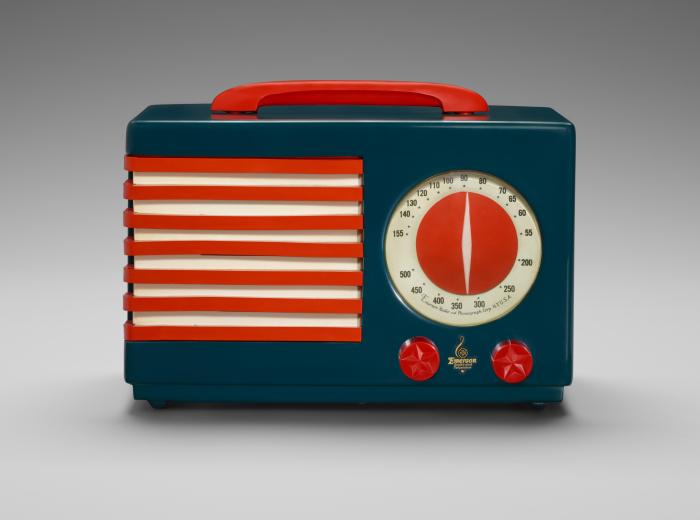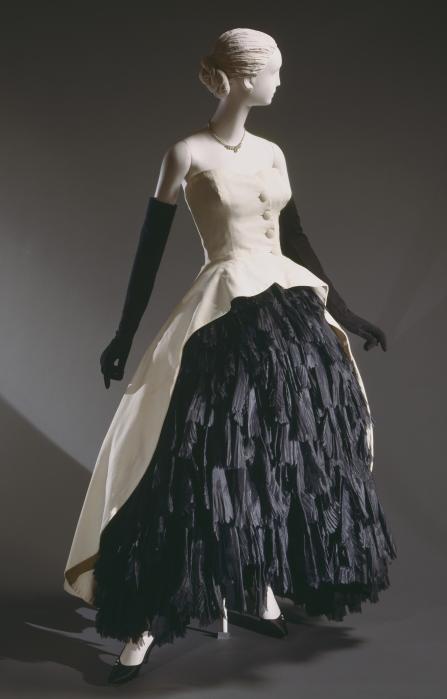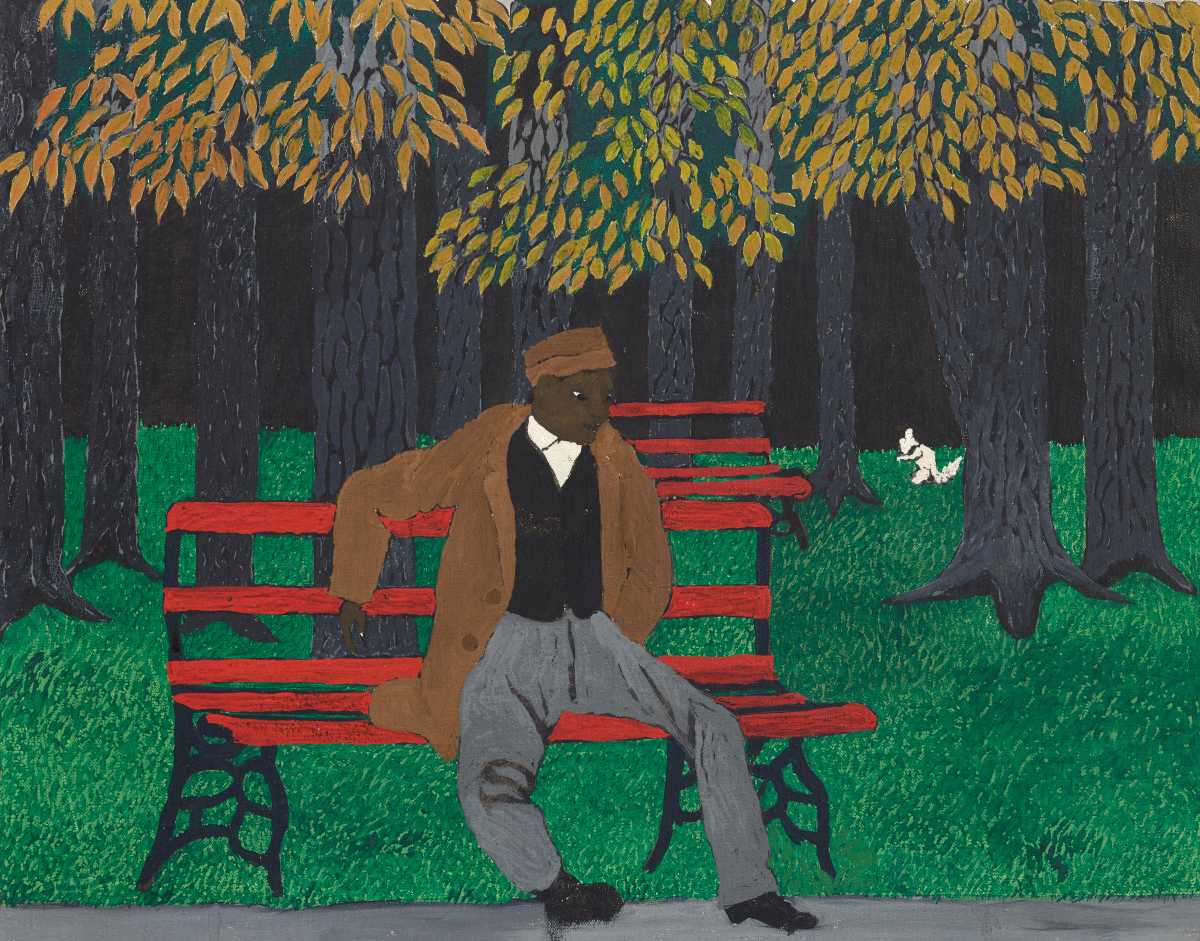When the Philadelphia Museum of Art opens its wide-scale ‘Boom: Art and Design in the 1940s‘ exhibition this weekend, the excitement it generates comes from a multitude of sources. Not only does ‘Boom’ do a deep dive into that decade with more than 250 works of painting, sculpture, fashion, photography, furniture and more, it is pulled entirely from the museum’s extensive collections — most of which has never been seen since originally stored at the PMA.
“This exhibition is all us,” says Elisabeth Agro, PMA’s Curator of Modern and Contemporary Craft and Decorative Arts, who collaborated with Jessica T. Smith, Director of Curatorial Affairs, to create ‘Boom.’ “Nothing was borrowed. Nothing was lent. ‘Boom’ is all from our coffers. Nearly half of ‘Boom’ — 43-percent — has never been on view, ever.
“We are a treasure trove at PMA,” Agro added. “We are about stewardship. At one point during its curation we had over 800 objects to consider for ‘Boom,’ so this exhibition was extremely difficult to winnow.”

A chart that Argo sent Metro states that, throughout ‘Boom,’ more than 150 different artists are represented within the exhibition, including 40 women and 20 people of color.
Between Smith’s collection of paintings and Argo’s assemblage of craft items, the two curators began to consider what a co-joined exhibition – an intermingling – would look like.
“We wanted to see what synergies would be shared, how the canon could be connected – how things diverged, as well – and how all that portrayed a larger story of Mid-century America,” says Argo.
Of course, all of the artists and craftspeople represented throughout Boom were concerned with handmaking and the materials available to them at the time, due to the sacrifices made by all citizens for the wartime effort.
“They were connected to what was going on in the larger world, the zeitgeist,” says Argo.
What ‘Boom’ does, in the most colorful of manners, is stretch across the canvas of a decade, from 1939 through 1949, and present how North America went from the loss faced during the Great Depression to the sacrifices made throughout World War II. This includes everything from the practical wartime fashions of haute couture designers such as Balenciaga, to the pragmatic furniture creations of New Hope’s George Nakashima.
“The fashion stuff is going to knock people over,” says Argo. “The materials are multivalent.”

According to Argo, the Nakashima table discovered by ‘Boom’s curators actually came from the collection of PMA senior curator Joseph Rishel, the husband of Anne d’Harnoncourt, the director and CEO of the PMA from 1982 until her death in 2008. So this exhibition also links the more personal and historical aspects of the PMA to ‘Boom’s in-house discoveries.
‘Boom’ features 1940s jewelry crafted from everyday materials and household items, including the Patriot Radio designed by Norman Bel Geddes for the Emerson Radio and Phonograph Corporation. The exhibition also showcases numerous paintings by major artists of the era—Georgia O’Keeffe, Horace Pippin, Ben Shahn—as well as early abstract expressionist works by Jackson Pollock and Lee Krasner, tracing their artistic journeys from their beginnings to the groundbreaking innovations of the late 1940s.
“We start ‘Boom’ at 1939 because that was the year that the Great Depression was officially over,” Argo explains. “The New York World Fair happens, and that signals an optimistic future – imaging and designing a future bases on the wishes and wishes coming out of the Depression, hoping for a better life. And World War II starts abroad, first with us just watching, then Pearl Harbor happens and there’s a moment of stasis. And while the Depression was about making do with what you had, World War II was patriotic, about sacrifice. Americans had to live without, again, but it was for a purpose, for the good of the country and the war effort. So, ‘Boom’ speaks to that patriotism.”
“Rather than just be about materials, ‘Boom’ is about messaging, about hope. And we need that more than ever now.”
‘Boom: Art and Design in the 1940s’ is on view April 12 through Sept. 1, at the Philadelphia Museum of Art. For information and tickets, visit philamuseum.org






























